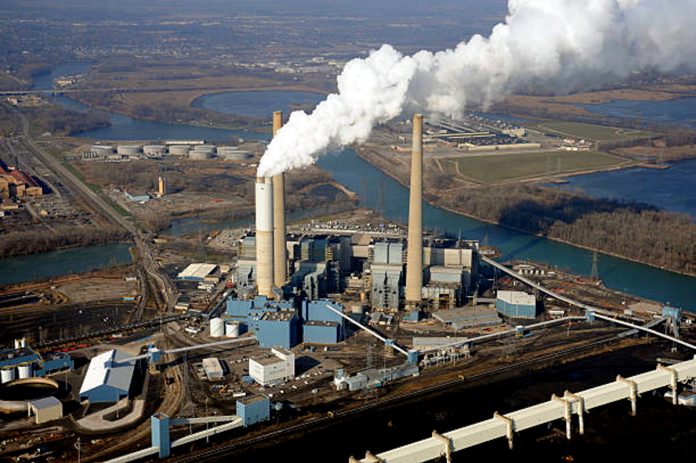One in every two Indian power plants does not meet the 100% fly ash utilisation target: CSE
With 50 per cent of India’s coal-fired thermal power plants failing to meet the December 2017 target of 100 per cent ash utilisation, it has become imperative to review and re-strategise to push the sector towards enhancing its fly ash use, finds a CSE study. The report, titled An Ashen Legacy, takes an in-depth look at the issue of fly ash mismanagement in India.
In the last decade, coal consumption and fly ash generation from coal power plants has jumped up by almost 80 per cent. On an average, 35 per cent of fly ash remained unutilised in this decade, leading to its piling up in ash ponds. As per the report, between 2010 and 2020, several major ash dyke breach incidents and cases of unsafe disposal of ash have been reported from many regions. Legacy ash is also a massive challenge for the sector. The study found that:
There is a huge variation in fly ash utilisation rates across different states, ranging from 35 per cent to 98 per cent.
Chhattisgarh, U.P., Madhya Pradesh, Andhra Pradesh, Maharashtra and Odisha have accumulated the most ash in the last decade due to high generation and poor utilisation rates. CSE has found that these states together account for over 76 per cent of the total residual ash stocks generated over the last decade. Due to ash overburden, these states also top the list of coal ash accidents and require immediate attention due to the prevailing serious pollution issues near coal power plants.
“Coal being the mainstay of power generation in India, we need to ensure that coal-based thermal power plants are as clean as possible. Only then can we meet the twin challenges of air pollution and climate change. To achieve the 100% utilisation target, power plants need to consistently utilise the new ash they generate annually while clearing the backlog of previous years,” says Nivit Kumar Yadav, Programme Director, Industrial Pollution Unit of CSE.
Fly ash use in the cement sector has hovered around the 25 per cent mark over the past many years. Current BIS standards have put a cap on fly ash mixing in cement manufacturing at 35 per cent. These limits were set long ago and need to be revisited. India is far behind in terms of per capita cement consumption, which stands at 235 kg, compared to over 1,000 kg in China and the global average of 520 kg. One-third of India’s cement making capacity is currently unutilised. Enhancing fly ash use in cement making will not only solve the issue of fly ash waste but will also lead to considerable GHG emissions reduction from the sector.
Over the years, the use of fly ash in the construction of highways and roads has witnessed a positive growth. However, fly ash uptake is still marginal when compared to the tremendous development in this sector. Average fly ash use in roads and flyovers has been a meagre 4 per cent and can definitely be enhanced.
Affordable housing, infrastructure development and construction of highways are focus areas under Budget 2021. The government has announced construction of 11,000 km roads and highways during the year. If fly ash is strategically diverted to these sectors, its prudent use will increase manifold in the coming years, says Nivit Kumar Yadav.
Apart from this, there are several other logistic, storage, handling and transportation issues that lead to poor utilisation of fly ash in some states. Fly ash needs to be transported to cement plants through rail or road networks. This creates limitations on the immediate utilisation of fly ash. Therefore, its effective storage, handling and transportation is a very important and crucial aspect towards enhancing fly ash utilisation.

Also, the current deterrence mechanism and monitoring regime in place for proper enforcement of regulations has several loopholes and does not serve as an effective check against non-compliance. “Some plants have acted and taken the lead but laggards abound. The immense potential of fly ash use in cement manufacturing, roads and highways construction, brick manufacturing, and mine backfilling remains vastly untapped. To change this scenario, various roadblocks to increased utilisation in these sectors need to be addressed on a priority basis. States with huge ash backlog need to be proactive in utilising it, only then will we be able to deal with this challenge,” says Sugandha Arora, Deputy Programme Manager, Industrial Pollution Unit.

Reported by Ms. Pratyusha Mukherjee, a Senior Journalist working for BBC and other media outlets, also a special contributor to IBG News. In her illustrated career she has covered many major events and achieved International Media Award for reporting.




















